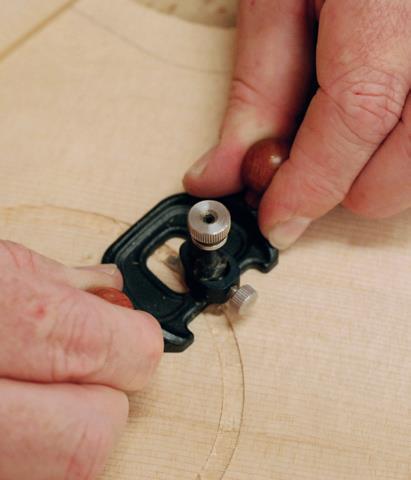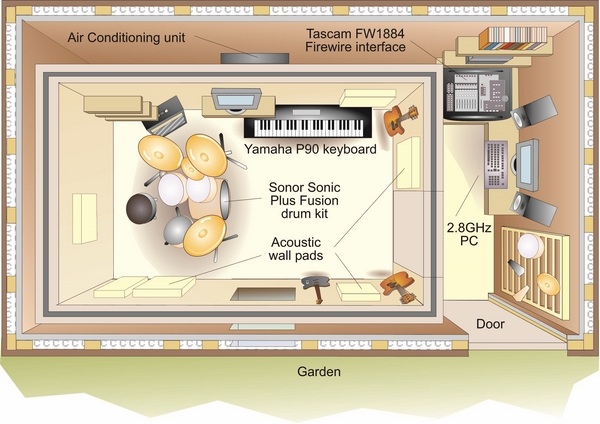

The resonators also were able to absorb vibrations regardless of how the plates were held in place, something that surprised Harne, who has been studying vibrations and frequencies for years. It controls that vibration, and vibration affects what we hear, and it affects how streamlined an airplane or an automobile is." "And you could use this to reduce vibration of the whole system without reducing the aerodynamics or efficiency since mass is eliminated. "You can imagine a sandwich-like construction, where you put a lightweight panel with a built-in resonator between two panels of sheetrock, or layer it inside the walls of an airplane," Harne said. The experiments were built to test a design that could have multiple real-world applications and be used to soundproof walls, but also could be used to build airplane frames that automatically lessen the sound that enters the cabin. The resonators, their experiments showed, helped the plates flex and absorb the vibrations from the hammer.

They found that vibrations traveled farther on the unaltered plates than on those with built-in resonators. They kept one plate unaltered as a control. Then they used a mechanized hammer to strike the plates and measured the force of the vibrations created by each plate after the hammer's impact. The researchers held the plates in place using different mechanisms-some were clamped tightly, some were suspended in air, and some were held up by supports. Harne said that cut-in resonators are more streamlined than those that are added on and would be better options for applications where space matters-in the construction of an airplane or a wall, for example. The study did not directly compare cut-in resonators to those that are added on. Their study, published in the October 2021 volume of the journal Thin-Walled Structures, was the first to consider what might happen if resonators were cut directly into a material, rather than added on later. That lab contains equipment that lets researchers control the force and frequency of vibrations during scientific experiments.įor this study, Harne and former Ohio State doctoral student Sih-Ling Yeh, lead author of the study, cut resonators into rectangular acrylic plates. The experiments for this study were conducted in his former lab at Ohio State. Harne, who maintains an adjunct position at Ohio State, has since joined the faculty at Penn State University. "Vibration is integral to a lot of problems in engineering, both in how we construct buildings and in how we make better airplanes and other vehicles." "We wanted to create and test a design that would reduce vibration," said Ryan Harne, senior author of the paper and former associate professor of mechanical engineering at The Ohio State University.

But this study found that cutting resonators directly into the wall or vehicle material suppressed the vibrations that could spread. Those studies have focused on adding a resonator to an existing structure or vehicle part.
Build soundproof guitar shed how to#
Prior studies have examined how to use resonators to control sound that is passed through walls or to reduce the vibrations of moving vehicles. (The chamber inside an acoustic guitar is a resonator, for example.) Resonators use spring-like oscillation to control and change vibrations-some absorb and neutralize them, others amplify and direct them to specific places.

Resonators are devices that help manage vibrations-some vehicles have them to limit the sound emitted from a car's muffler, and some bridges and buildings use them to limit noise and movement from those structures. The study tested how well built-in resonators handled vibrations under a variety of scenarios.


 0 kommentar(er)
0 kommentar(er)
